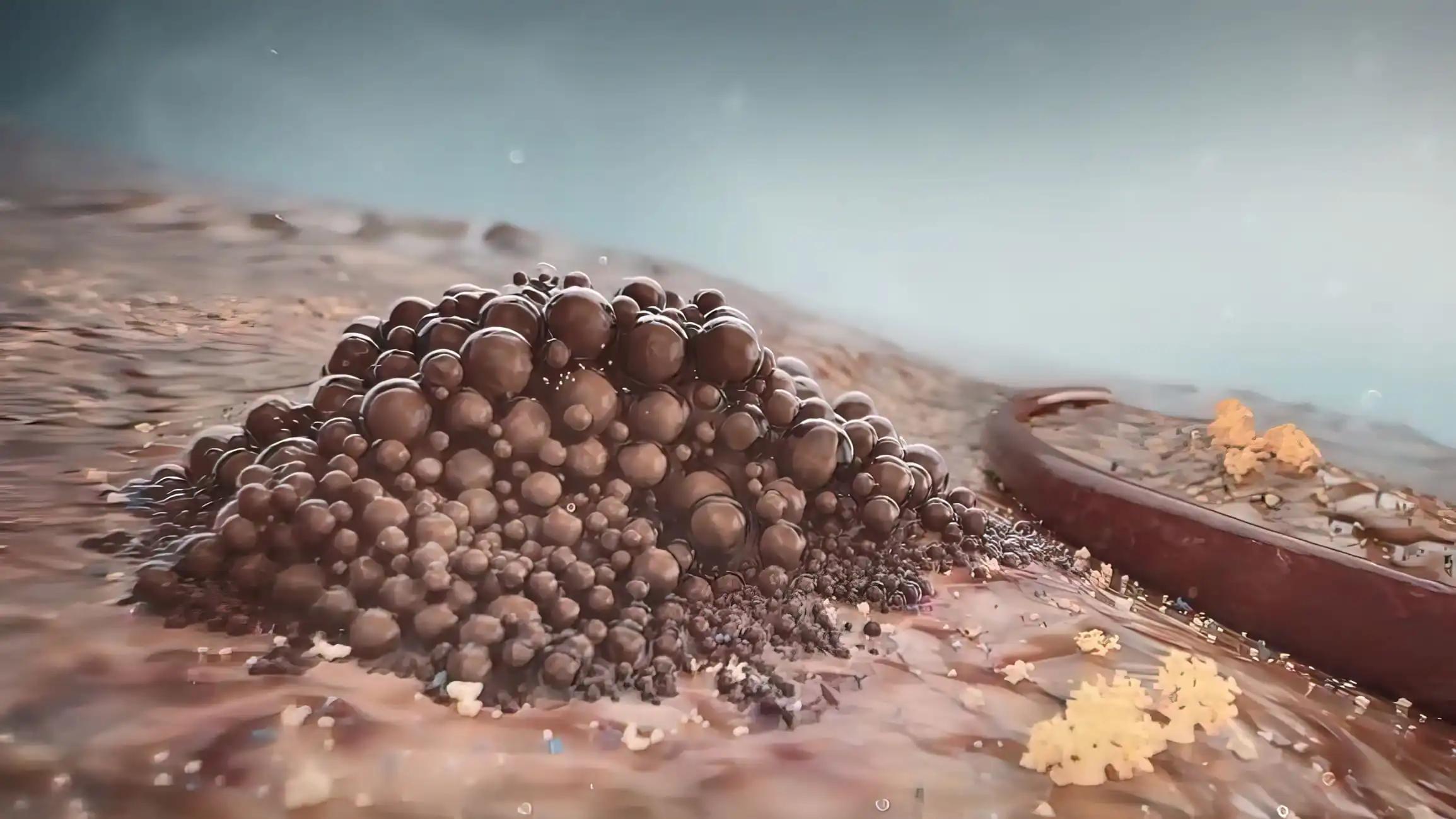KEY TAKEAWAYS
- The study aimed to analyze the status of endothelial cells using scRNA transcriptomics data from patients with primary liver metastasis UM.
- The results showed that the senescent endothelial cells promoted UM metastasis, revealing undesirable implications.
Uveal melanoma (UM) is the most common intraocular tumor subtype in adults, which is characterized by high malignancy and poor prognosis in advanced stages. While angiogenesis is crucial for UM development, the role of vascular endothelial dysfunction in UM remains poorly understood, and comprehensive analysis at the single-cell level is lacking.
Liang Ma and the team aimed to analyze the status of endothelial cells in using single-cell RNA (scRNA) transcriptomics data from 11 cases of primary tumors and liver metastases UM.
Researchers utilized single-cell RNA transcriptomics data obtained from 11 patients with primary liver metastasis UM to analyze the status of endothelial cells. In addition to that they analyzed and validated the endothelial cells with an in vitro model and collected clinical specimens.
Following this, they investigated the impact of endothelial dysfunction over UM cell migration and explored the mechanisms underlying endothelial cell abnormalities and their peripheral effects.
Results revealed that UM metastasis exhibited a notably higher proportion of vascular endothelial cells vs in situ tumors, with these endothelial cells in metastases demonstrating significant senescence. This senescence is marked by pronounced upregulation of Krüppel-like factor 4 (KLF4).
Overexpression of KLF4 induced senescence in the normal endothelial cells while knockdown of KLF4 in senescent endothelial cells effectively inhibits the process. These findings strongly advocate the KLF4 to be a key driver gene in endothelial senescence associated with UM metastasis.
The induction of endothelial senescence by KLF4 in UM metastases promoted tumor cell migration through a senescence-associated secretory phenotype (SASP). Central to this phenotype is CXCL12 (C-X-C motif chemokine ligand 12), identified as a critical effector molecule.
Moreover, this senescent endothelial state contributed significantly to the composition of the immunosuppressive microenvironment surrounding UM metastases. These insights underscored the complex interplay between endothelial dysfunction, senescence, and tumor progression in UM metastasis.
The study provided an undesirable insight into senescent endothelial cells in promoting UM metastasis.
The study was supported by grants from National Natural Science Foundation of China, the Science and Technology Commission of Shanghai, the Shanghai Key Laboratory of Orbital Diseases and Ocular Oncology, and the China Postdoctoral Science Foundation.
Source: https://pubmed.ncbi.nlm.nih.gov/38951874/
Ma L, He X, Fu Y, et al.(2024). “Senescent endothelial cells promote liver metastasis of uveal melanoma in single-cell resolution.” J Transl Med. 2024 Jul 1;22(1):605. doi: 10.1186/s12967-024-05430-1. PMID: 38951874; PMCID: PMC11218175.



